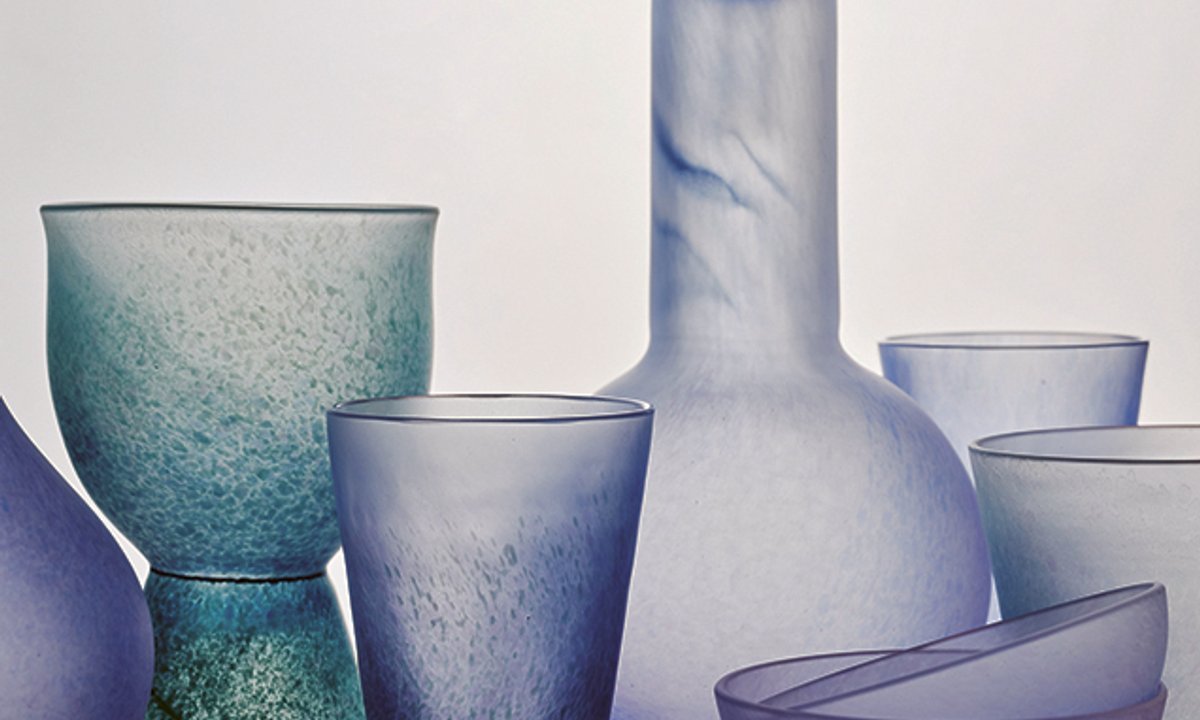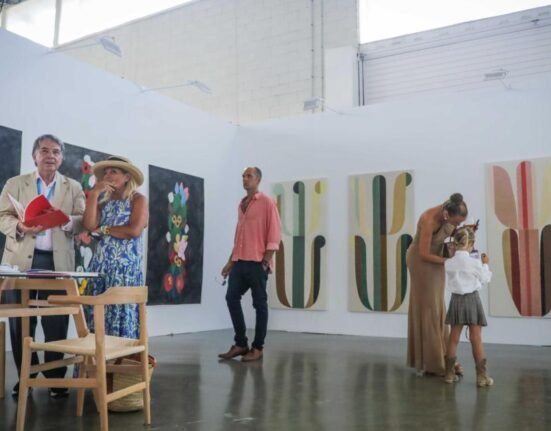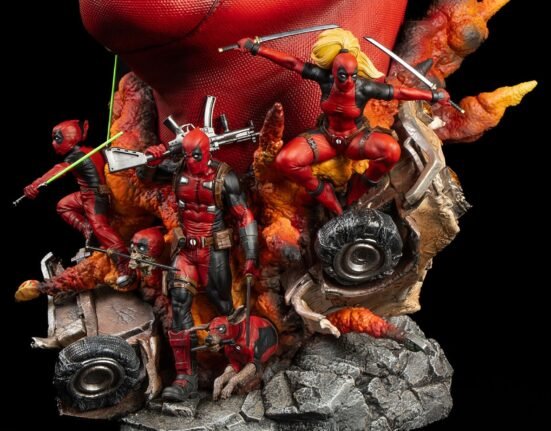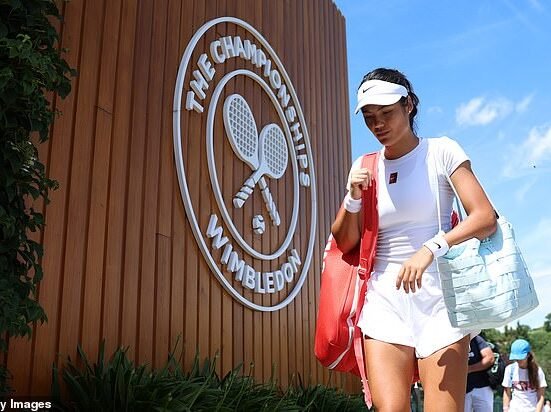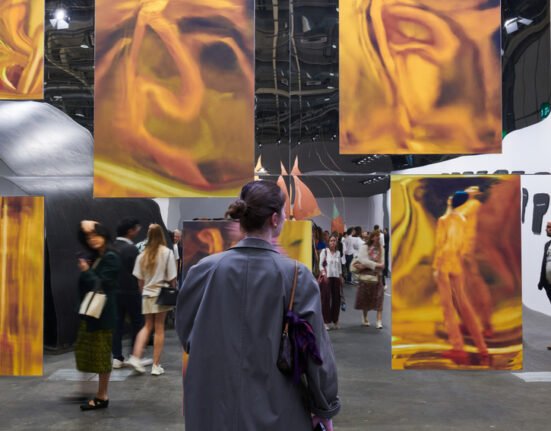Scent of Korea in Silla
27 June-30 November, Solgeo Art Museum, Gyeongju
In October, people from around the world will converge in the historic city of Gyeongju, for a meeting of the Asia-Pacific Economic Cooperation forum. As world leaders strive to deal with the issues of climate change and sustainable development, this exhibition will provide perspectives from four contemporary artists: Park Dae-sung, a master of Korean ink painting whose work expresses the harmony between nature and humans; the Buddhist monk and artist Songcheon, whose work explores common truths between religions; Park Sun-min, an artist who is drawing attention for her upcycling crafts using waste glass bottles; and Kim Min, who has gained international recognition for his work on the restoration of traditional Korean paper.
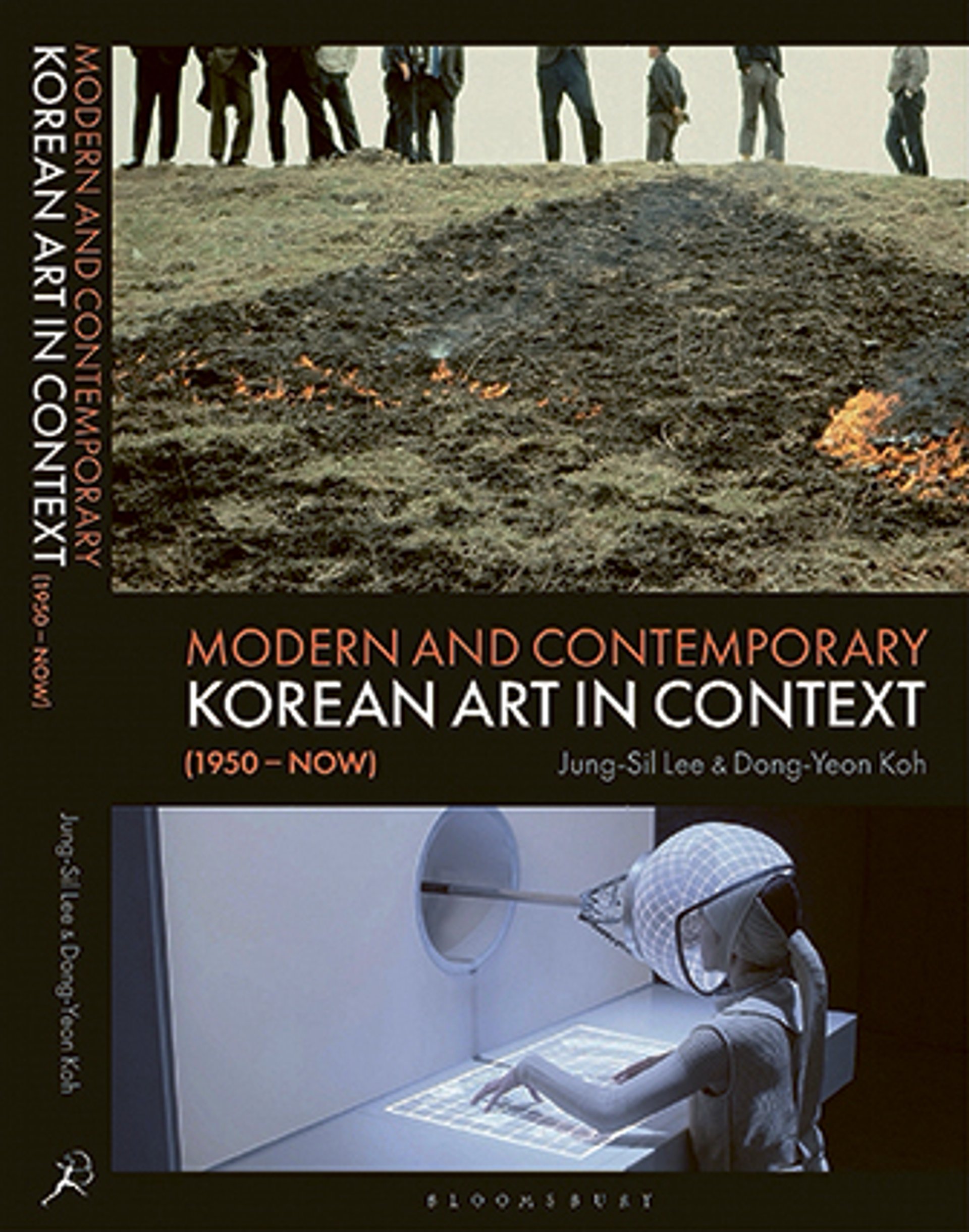
Modern and Contemporary Korean Art in Context (1950–Now)
By Jung-Sil Lee & Dong-Yeon Koh, Bloomsbury Academic, out now
The number of Korean artists showing their work in international museums, galleries and art fairs has grown rapidly over the past decade, increasing the importance of creating an accessible yet nuanced narrative of postwar Korean art. The recently published book Modern and Contemporary Korean Art in Context (1950–Now) aims to introduce the cultural, historical and sociopolitical contexts of Korean art—from from traditional ink painting to performance and digital art—to a global audience. Featuring more than 120 full-colour images, this vividly illustrated and comprehensive guide serves as an essential reference to key historical figures, political events, exhibitions, artists, art historians and art critics.
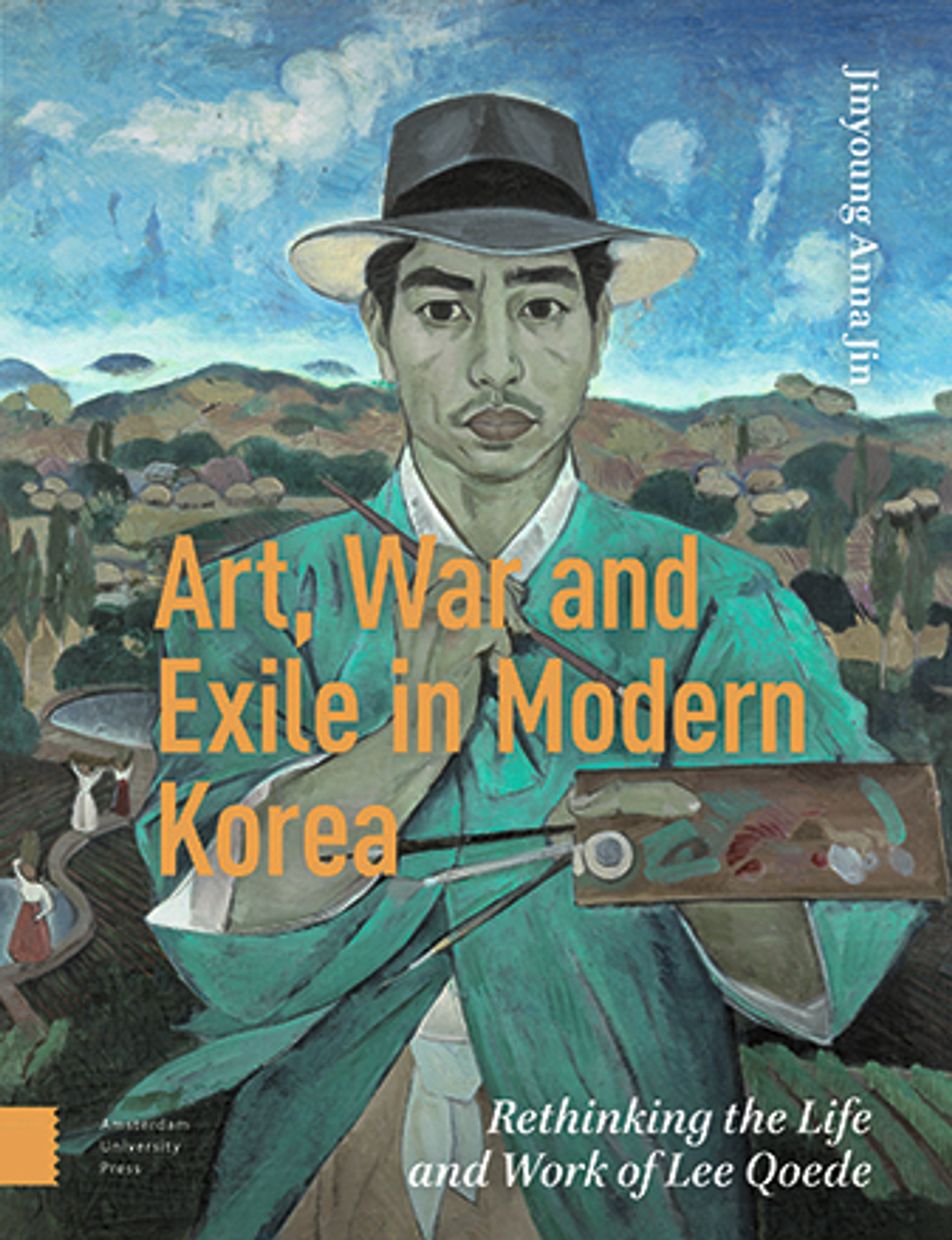
Courtesy Amsterdam University Press
Art, War, and Exile in Modern Korea: Rethinking the Life and Work of Lee Qoede
By Jinyoung Anna Jin, Amsterdam University Press, out now
This book reintroduces to the 21st century a Korean painter whose life and legacy have long been fragmented and misunderstood due to political circumstances. A pivotal figure in Korean Modern art, Lee was known for his large-scale, human-centred paintings influenced by Mexican muralism. Following the Korean War, he was sent to North Korea as part of a prisoner-of-war exchange. There, he continued to paint prolifically until his sudden disappearance and presumed purge in the early 1960s. Jinyoung Anna Jin argues that Lee ’s artistic achievements—often reduced to labels such as “defector” or “ideological victim”—warrant a deeper, more nuanced examination.

